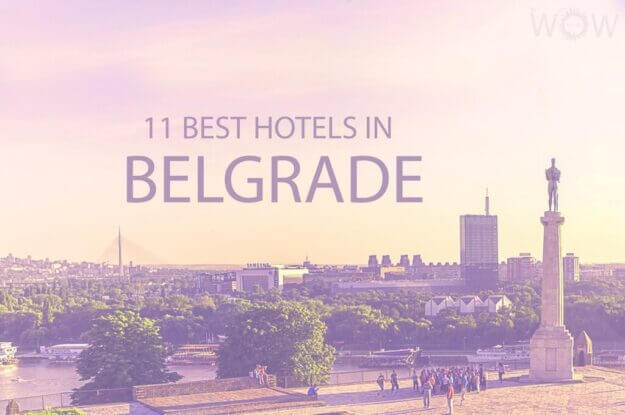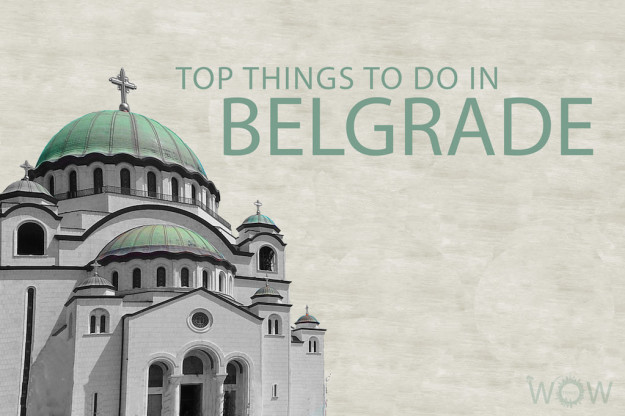Boundaries sometimes overlap when categorizing Southern Europe as many of the countries listed in this part of the continent are also listed in other broader regions. However, the one unifying factor in this group of sixteen countries that make up this part of Europe in the Mediterranean Sea. Quite predictably, the food and culture are influenced by the climatic conditions of the region, as is the landscape. Visitors head to Greece’s Santorini or Croatia’s coastline in droves to experience first-hand the wonders of the Mediterranean lands. While Spain and Italy are the most industrialized countries in Southern Europe, the rest of the countries in the region rely greatly on agriculture.
Southern Europe too is dipped in history, and the remnants of great civilizations and cultures are visible in the ancient ruins and great monuments. The grand Colosseum of Rome, the Alhambra in Granada, and the San Giovanni Fortress in Montenegro are a testament to the region’s glorious past. Southern Europe’s fascinating present is reflected in the well-heeled cities of Milan and Barcelona and in the gastronomic centers of San Sebastian and Bilbao.
To say that Belgrade has everything is an exaggeration. But that doesn’t necessarily mean the Serbian capital isn’t worth a visit. The White City had just enough to leave an unfading impression on each of its visitors. It is a Balkan city crammed with an abundance of marvelous architectural accomplishments, crazy clubs, and captivating history.…
Serbia is one of the hidden gems in Europe, situated between Central and South East Europe, and there is no better starting point than Belgrade, its capital city. This gorgeous and charming metropolis was built where the Sava River meets the Danube and where old-world culture meets the hip and modern. Belgrade is truly impressive, it…


